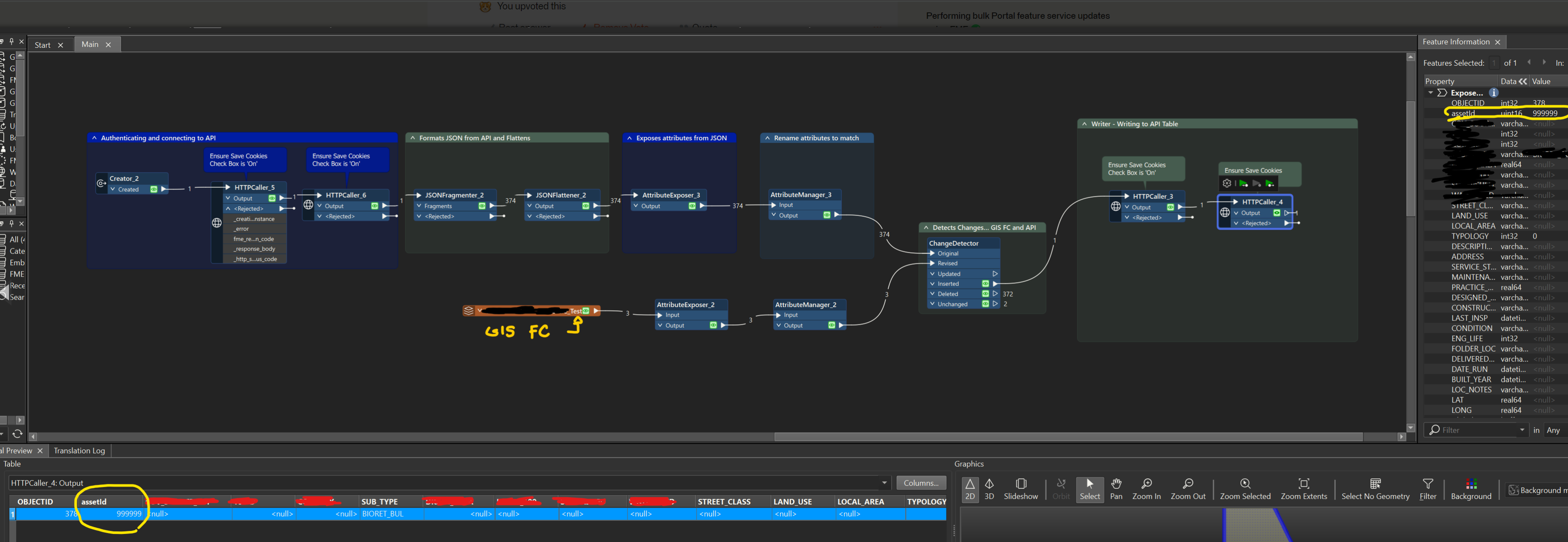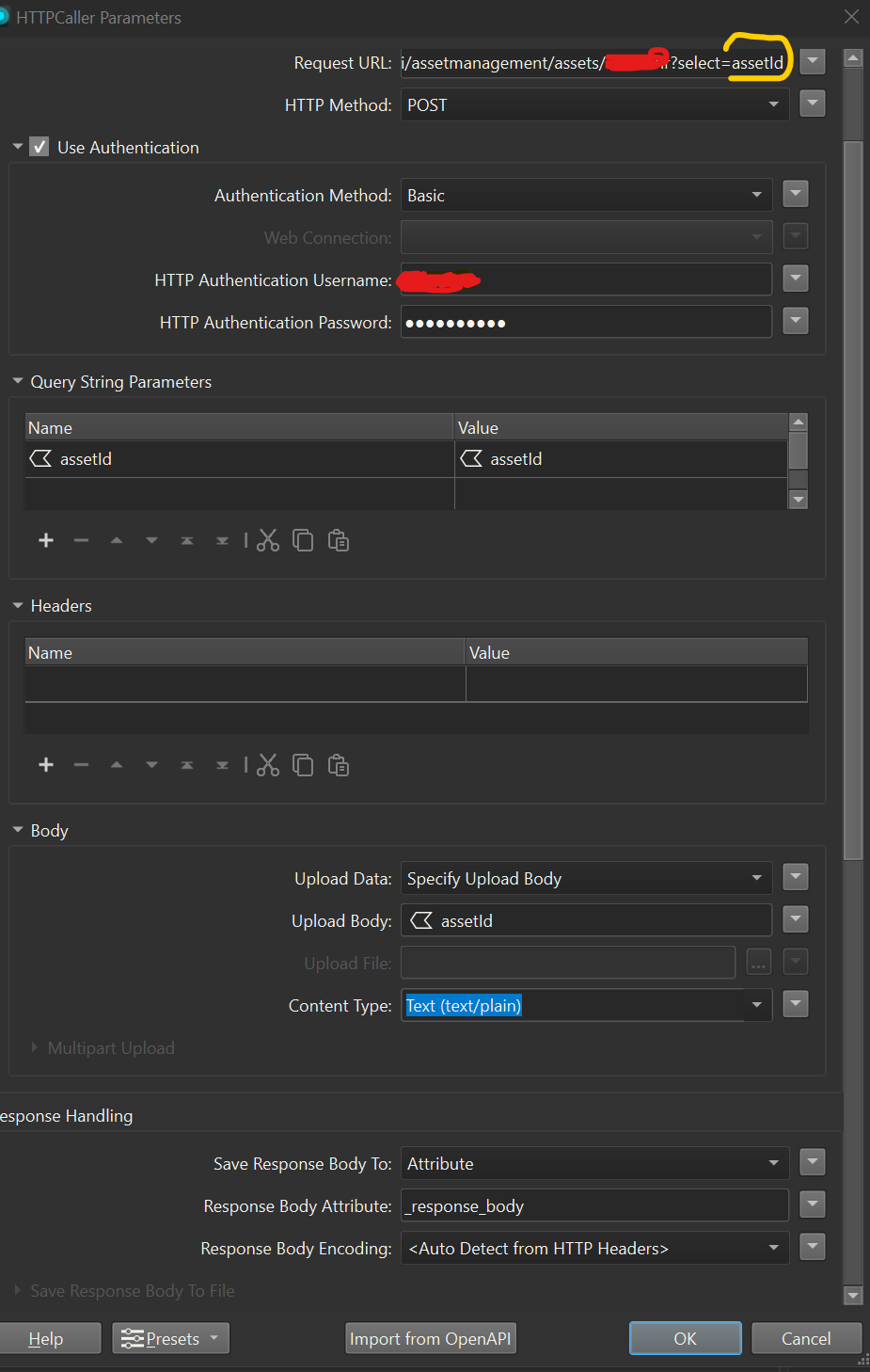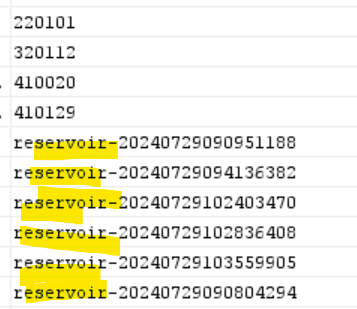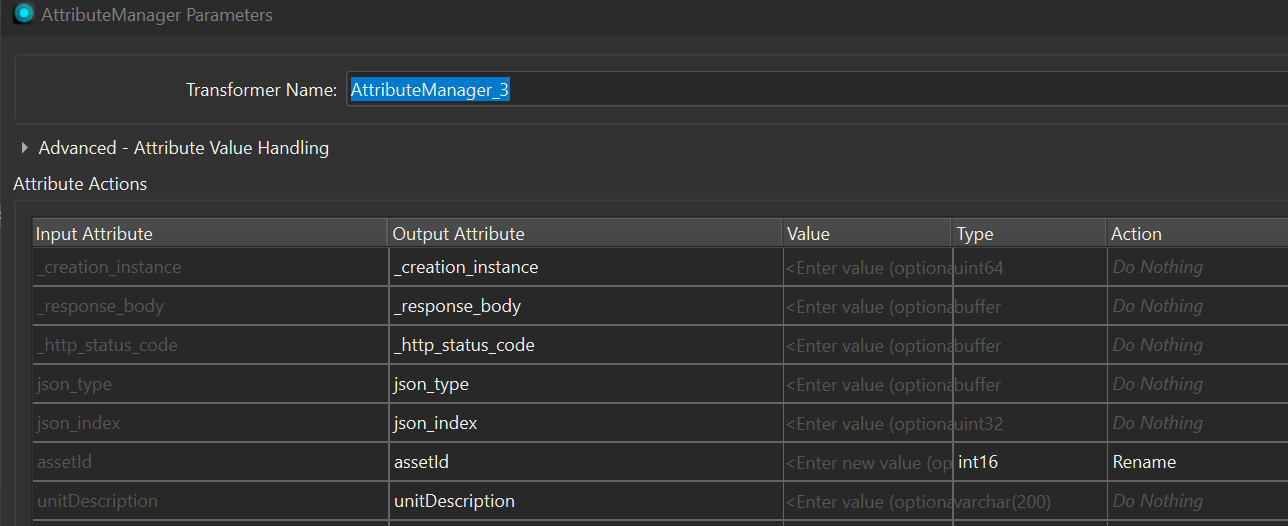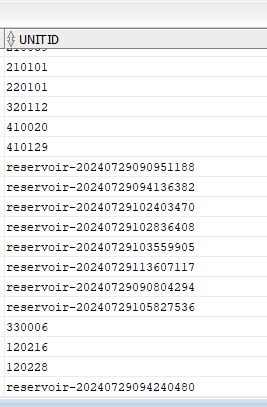Hi everyone,
Curious if I could pick your brain on the workflow below.
I would like to just write the asset_id field values from the GIS feature class into the corresponding assetID field in the API table. I’d want to write the asset_id from the GIS FC to the assetID field in the API table only if the assetID doesn’t exist in the API table. They have different field names.
Curious where I would place the HttpCaller transformer with the PUT request in the workspace.
The GIS EGDB reader would be at the start of the workspace exposing the relevant fields. Once I rename the asset_id field from the GIS feature class to match that of assetID for the API table, what would I do?
Could I hook up the output from an AttributeManager directly to an HTTPCaller without a Creator?










